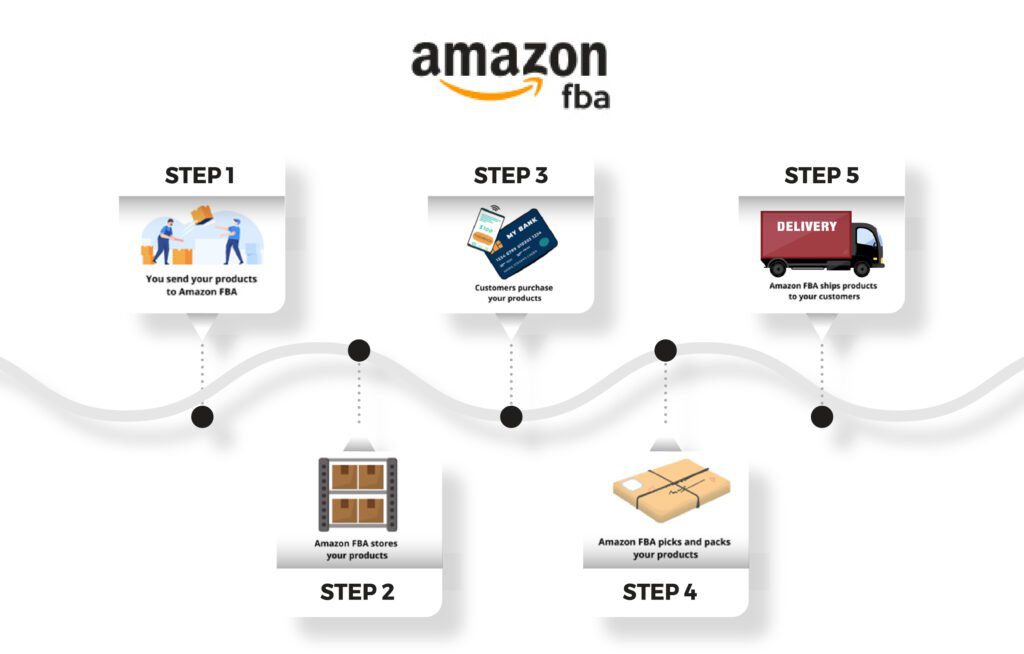Understanding the Missed Fulfillment Promise: Causes and Solutions for Amazon Sellers
The missed fulfillment promise is a critical issue for many Amazon sellers, particularly those operating in competitive categories. A missed promise can lead to unhappy customers, negative reviews, and even account suspensions. At The We One, we aim to provide insight into the primary causes and actionable solutions for Amazon sellers to overcome this challenge. In this article, we’ll also explore topics such as Amazon Seller Central user permissions, Amazon FBA seller responsibilities, and strategies for comparing FBA and SFP.
What is a Missed Fulfillment Promise?
A missed fulfillment promise occurs when an order is not delivered to the customer within the promised timeframe. This can result from delays in shipping, inadequate inventory planning, or mismanagement of fulfillment operations. For sellers on Amazon Seller Central, meeting these promises is crucial for maintaining account health and achieving long-term success.
Common Causes of Missed Fulfillment Promises
1. Inventory Management Challenges
One of the most common causes of missed fulfillment promises is poor inventory management. Sellers often underestimate demand during peak seasons or fail to account for shipping delays, leading to stockouts.
Solution:
Use Amazon’s inventory management tools to monitor stock levels and anticipate demand fluctuations. Leverage the Amazon FBA (Fulfillment by Amazon) service to ensure that your products are stored and shipped efficiently from Amazon’s fulfillment centers.
2. Inefficient Fulfillment Methods
Choosing between FBA (Fulfillment by Amazon) and SFP (Seller Fulfilled Prime) can be challenging. Sellers who opt for SFP must meet Amazon’s rigorous delivery standards, which can lead to missed promises if not managed correctly.
Solution:
Carefully evaluate your operational capabilities before choosing SFP. If you lack the resources to meet Amazon’s fast delivery requirements, FBA may be a better option. Compare FBA and SFP thoroughly to understand the costs, benefits, and fulfillment reliability of each model.
3. User Permission Mismanagement in Seller Central
Managing user permissions in Amazon Seller Central is often overlooked but can have significant consequences. If multiple team members have unnecessary access to critical settings, it can lead to errors in order processing and fulfillment.
Solution:
Restrict user permissions to specific roles. Use the Amazon Seller Central user permissions feature to assign appropriate access levels to your team. For example, only grant inventory editing permissions to trusted team members to avoid accidental changes.
4. Shipping and Logistics Failures
Delays in shipping are another major contributor to missed promises. Whether caused by courier issues, labeling errors, or warehouse inefficiencies, these delays can severely impact customer satisfaction.
Solution:
Partner with reliable logistics providers and monitor shipping performance regularly. Utilize Amazon’s custom shipping solutions to streamline the process and minimize the risk of delays.
5. Custom Product Delays
Sellers offering Amazon custom products face unique challenges in fulfillment. Customization often requires additional processing time, which can increase the likelihood of missed delivery dates.
Solution:
Set realistic delivery expectations for custom products and clearly communicate these timelines to customers. Update your product listings with accurate processing and shipping times to avoid misunderstandings.
Responsibilities of Amazon FBA Sellers
For sellers using FBA, Amazon handles most of the fulfillment process, including packing, shipping, and customer service. However, sellers still have key responsibilities, such as:
- Ensuring that inventory is sent to fulfillment centers on time.
- Monitoring stock levels to prevent overselling.
- Maintaining accurate product listings to meet customer expectations.
By understanding your Amazon FBA seller responsibilities, you can minimize the risk of missed promises and maintain a positive customer experience.
Comparing FBA and SFP for Fulfillment Success
Fulfillment by Amazon (FBA)
- Advantages: Faster shipping, Prime eligibility, and less manual effort.
- Disadvantages: Higher fees and less control over inventory.
Seller Fulfilled Prime (SFP)
- Advantages: More control over inventory and shipping processes.
- Disadvantages: Stricter delivery requirements and increased operational complexity.
When deciding between FBA and SFP, assess your ability to handle logistics, costs, and delivery speed. Sellers with limited resources often benefit more from FBA, while those with robust fulfillment capabilities can thrive with SFP.
Key Takeaways for Amazon Sellers
- Optimize inventory management using Amazon’s tools and predictive analytics.
- Carefully choose between FBA and SFP based on your operational strengths.
- Utilize Amazon Seller Central user permissions to improve team accountability and minimize errors.
- Partner with reliable logistics providers and clearly communicate timelines for custom products.
- Continuously monitor your account health metrics and address issues promptly.
How The We One Can Help
At The We One, we specialize in helping Amazon sellers navigate challenges like missed fulfillment promises, user permission management, and fulfillment strategy optimization. Our expertise in Amazon custom products, FBA and SFP comparisons, and seller responsibilities ensures that you stay ahead of the competition.
If you’re struggling with missed promises or need guidance on improving your fulfillment process, reach out to us for personalized support.


